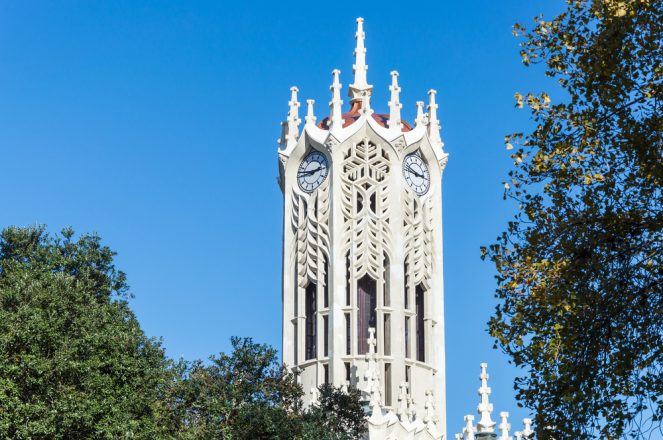Với biên giới mở cửa hoàn toàn, New Zealand dự kiến sẽ lấy lại sinh viên quốc tế, khách du lịch và nhà đầu tư, tuy nhiên, các nhà phân tích dự đoán sự trở lại chậm của du khách trong ngắn hạn.
Thủ tướng Jacinda Ardern cho biết trong một bài phát biểu tại Hội nghị thượng đỉnh Doanh nghiệp Trung Quốc ở Auckland tuần trước rằng việc mở biên giới là một thời điểm quan trọng.
“… chúng tôi mở cánh tay của chúng tôi cho du khách và sinh viên bao gồm cả từ Trung Quốc – mà trước năm 2020 là nguồn sinh viên quốc tế lớn nhất của New Zealand và là nguồn khách du lịch lớn thứ hai. Đối với những người muốn thực hiện cuộc hành trình… chúng tôi chào đón bạn,” Ardern nói.
Phát biểu với Global Times, một chuyên gia của EIC Education, một cơ quan tư vấn giáo dục có trụ sở tại Bắc Kinh, dự đoán rằng số lượng sinh viên Trung Quốc học tập tại New Zealand dự kiến sẽ tăng đáng kể trong học kỳ đầu năm tới. Tuy nhiên, trong ngắn hạn, ông cho rằng rất khó để New Zealand thu hút được nhiều sinh viên Trung Quốc như trước khi xảy ra đại dịch.
Một chuyên gia khác, từ Bắc Kinh New Oriental Vision Overseas Consulting Co., xác nhận dự đoán này, nói rằng mặc dù mở lại biên giới đầy đủ của New Zealand, ông vẫn không nhận được nhiều yêu cầu hơn.
Chủ tịch Hiệp hội Nghiên cứu Úc Trung Quốc và giám đốc Trung tâm Nghiên cứu Úc tại Đại học Sư phạm Đông Trung Quốc Chen Hong cho biết, bởi vì New Zealand từ lâu đã là một điểm đến phổ biến cho khách du lịch Trung Quốc, sinh viên và nhà đầu tư, quốc gia này được kỳ vọng sẽ lấy lại sự nổi tiếng của nó trong họ trong thời gian dài.
Với các trường học và đại học ở New Zealand muốn xây dựng lại số lượng sinh viên quốc tế của họ, theo quan điểm của họ, các sinh viên Trung Quốc trở lại không thể sớm đến đủ.




























































